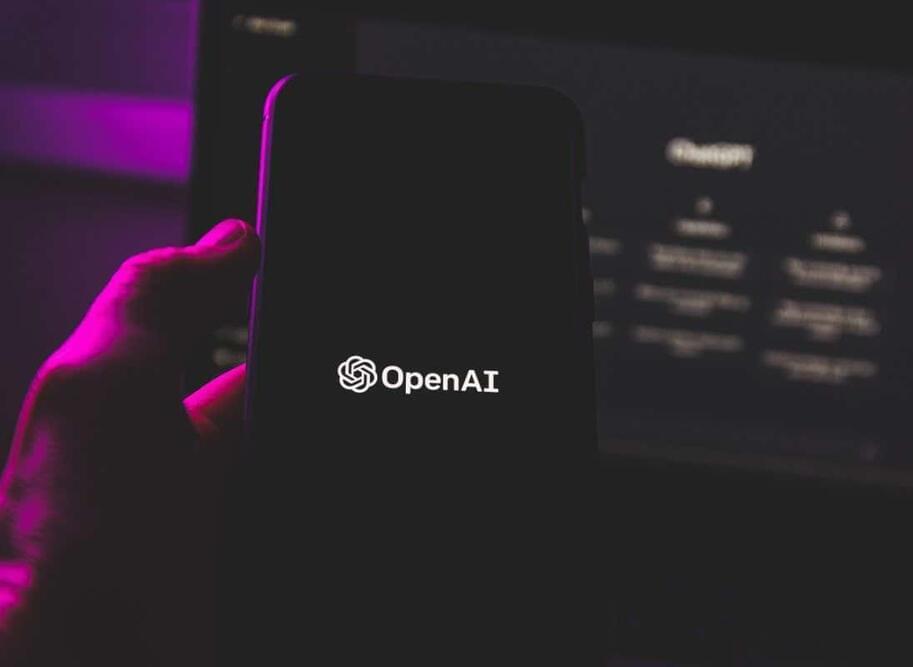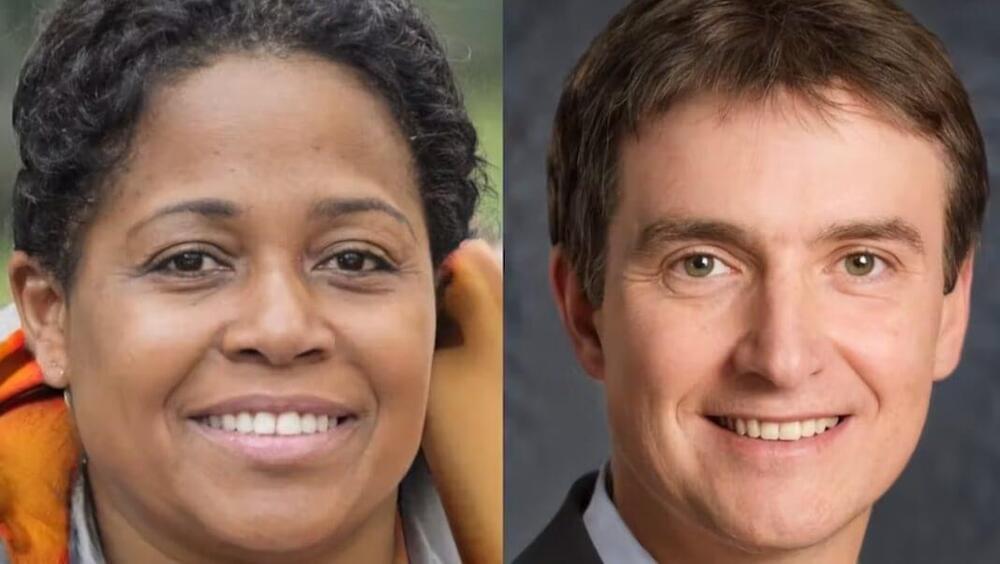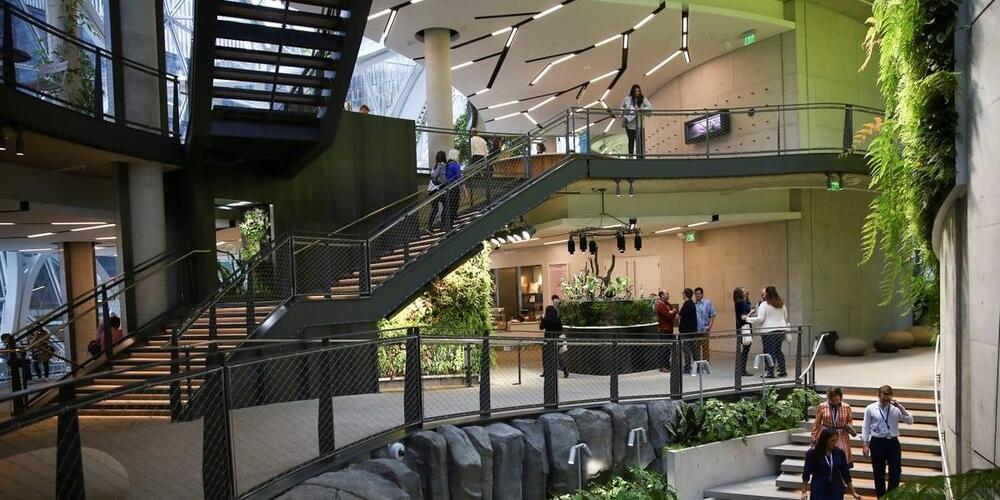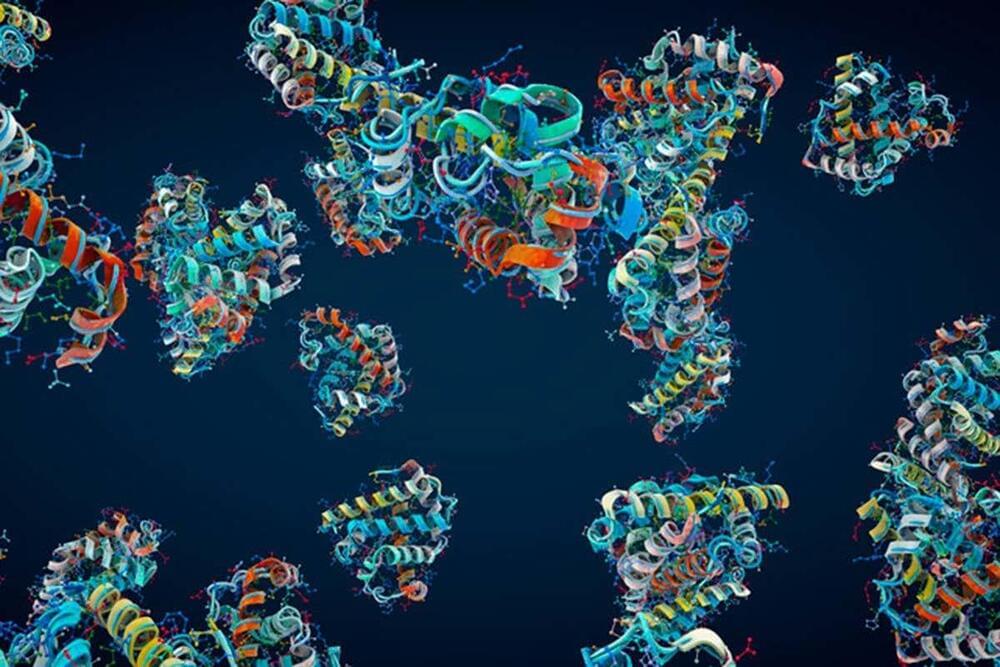Takes a look at how neuroscience is inspiring the development of artificial intelligence. Our amazing brain, one of the most complicated systems we know about, is inspiring the development of intelligence machines. Machines that may well surpass our own intelligence and could birth a new species on the planet. Opportunity and danger lie beyond the singularity!
For those who purchase the video on Vimeo https://vimeo.com/ondemand/towardsingularity there are extended interviews that give further insight into biologically inspired AI technology.
Genre: Documentary.
Duration: 1 hour 6 minutes.
Subtitles: English.
Release: 19th February, 2020
Production: Perfekt Studios.
Director: Matthew Dahlitz.
Director of Photography: Jachin Dahlitz.
Soundtrack: Matthew Dahlitz.
CHAPTERS:
00:00 Introduction.
02:41 Our Amazing Brain.
08:13 Brain Inspired AI
16:23 Current AI
24:00 Smart Robots.
31:37 Integration.
34:33 Concerns.
37:19 Toward AGI
44:06 Dangers.
51:52 The Future.
01:02:32 Close & Credits




